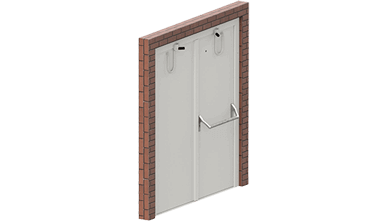From 1 January 2021, all new construction projects in the Netherlands, both residential and non-residential, must meet the requirements for Nearly Zero Energy Buildings (nZEB) (dutch: Bijna Energieneutrale Gebouwen (BENG)). These requirements arise from the Energy Agreement for sustainable growth. The BENG standard replaces the Energy Performance Coefficient (EPC) (dutch: Energie Prestatie Coëfficiënt) and is calculated on the basis of the new NTA8800 determination method. With the new BENG requirements, new construction must be made even more sustainable and less dependent on (heat and cold) installations.
Energy performance indicators
The energy performance of buildings will be assessed on 3 criteria:
- BENG 1: the maximum energy requirement (u-value) in kWh per m² usable area per year. BENG 1 relates to the outside of a building, the so-called shell;
- BENG 2: the maximum primary fossil energy consumption, also in kWh per m² usable area per year;
- BENG 3: the minimum share of renewable energy in percentages.
Influence of doors on BENG
In order to be able to achieve the maximum energy requirement of a building in kWh per m2 on the basis of BENG 1, doors and windows play an important role. After all, doors and windows are points in a wall that are sensitive to the transmission of both heat and cold. Doors with good insulation values therefore make a positive contribution to the u-value calculation.
The BENG requirements differ per building and depend, among other things, on the surface of the building envelope, the heated floor area and the functional use.
Alara-Lukagro doors according to BENG requirements
Alara-Lukagro has steel soundproof door frame combinations for non-residential constructions, possibly in combination with fire resistance, which can be supplied in accordance with the BENG requirements. If you would like more information about our door frame combinations or about doors according to BENG requirements, please feel free to contact us.
-min.jpg) Terug
Terug
